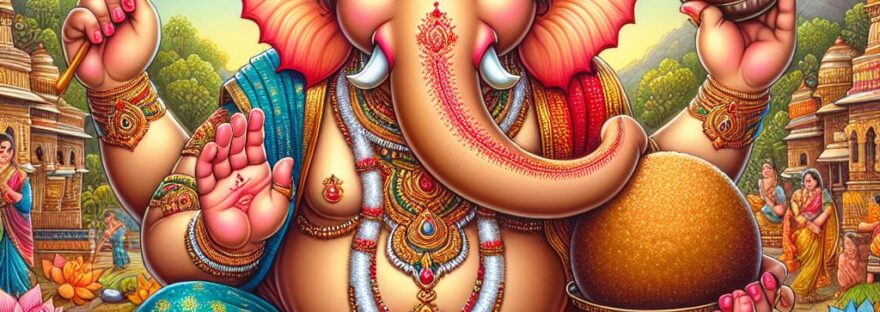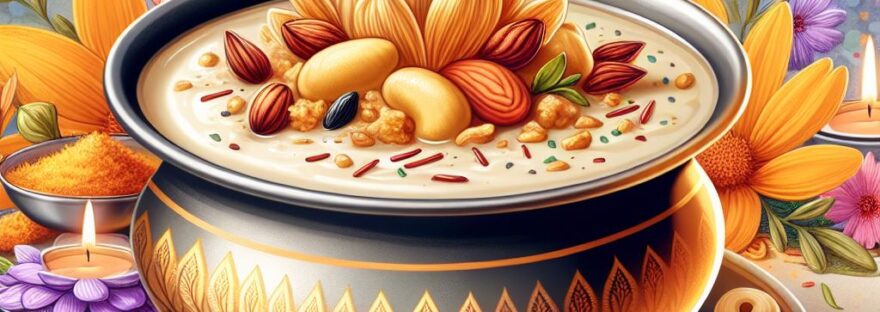As part of the series I mentioned during Ganesh Chaturthi, where I share 10 offerings (Prasadam) made to Lord Ganesha and their nutritional benefits, today I present Bappa’s (Lord Ganesha’s) favorite laddu – Jaggery with Groundnuts (Peanuts/Phalli Dana).
This recipe is very simple and quick to make, and it’s also very healthy, especially for kids, young girls, and nursing mothers!
Ingredients:
- 1/2 cup grated jaggery
- 1 cup roasted groundnuts, coarsely ground (Note: Do not make a fine powder)
- Cardamom powder
Instructions:
- Mix the grated jaggery and groundnuts.
- Add cardamom powder and mix well.
- Form the mixture into round laddus. (Note: If the jaggery is too dry and the mixture doesn’t bind, microwave it for 15-20 seconds to soften and moisten it, making it easier to form into laddus.)
Nutritional Benefits:
Jaggery is an unrefined form of sugar made from sugar cane, rich in iron, mineral salts, calcium, magnesium, and zinc. It generates warmth in the body and is absorbed gradually, preventing sudden spikes in blood sugar levels. Jaggery also aids in digestion, prevents constipation, and helps with lung and upper respiratory blockages. It acts as a nerve tonic, helps in fluid balance, and purifies the blood. Regular intake can prevent muscular cramps, especially in women.
Groundnuts are rich in proteins, essential fatty acids, fiber, B-complex vitamins (especially niacin and riboflavin), and phosphorus. Cardamom adds flavor and a dash of antioxidants.
This laddu is a complete food, especially for those looking to increase complex carbs, reduce direct fats, and improve fiber intake. It’s a wholesome and delicious offering (Naivedhyam/Prasad), especially loved by kids!
Word of Caution:
- Use plain peanuts without additives like salt, sugar, or coatings.
- Roast the peanuts fresh for this recipe; do not use pre-powdered and stored groundnut powder as it can turn rancid.
- Avoid this recipe if you are allergic to peanuts/jaggery or suffer from frequent headaches/migraines.
- Remember, anything in excess can be harmful!
Sukha Karta Dukha Harta! Ganapathi Bappa Moriyaa!




